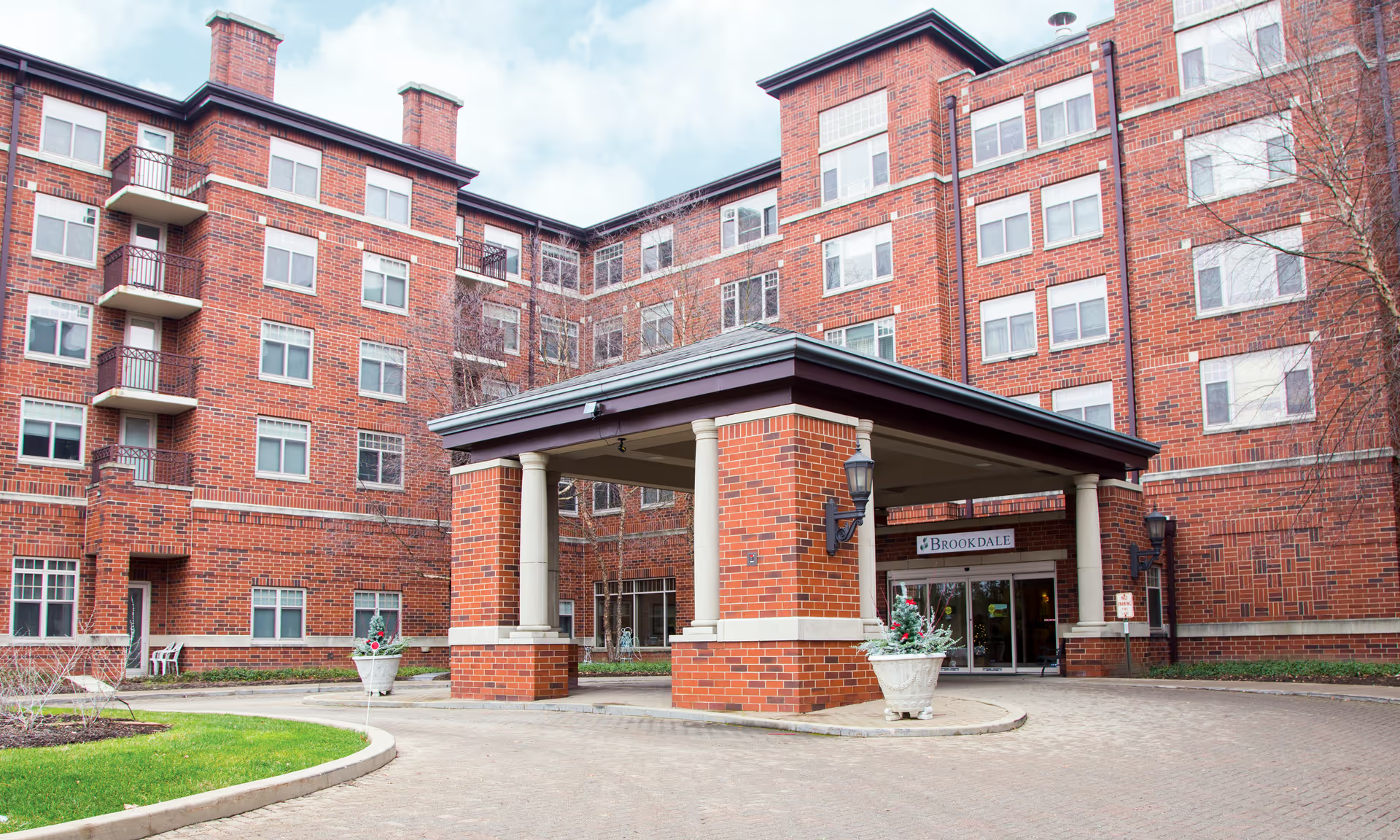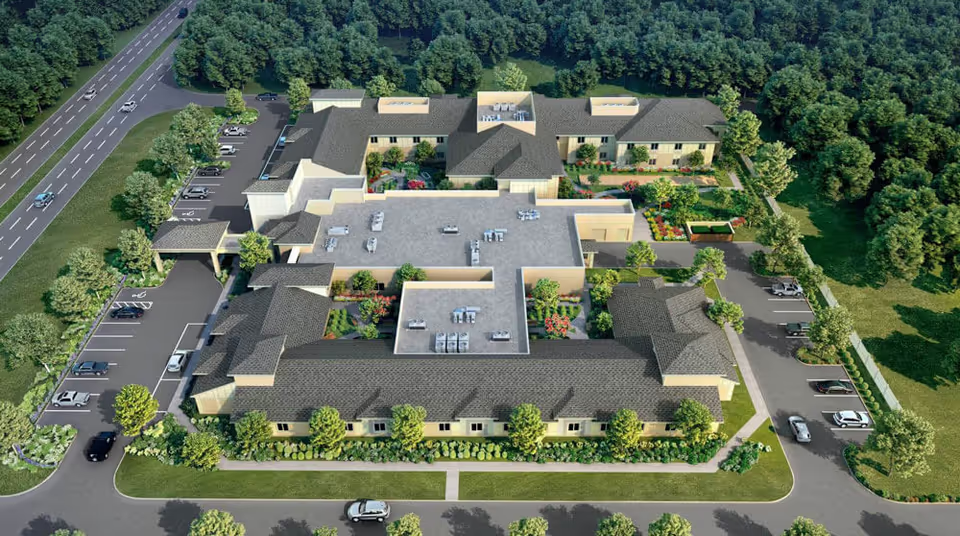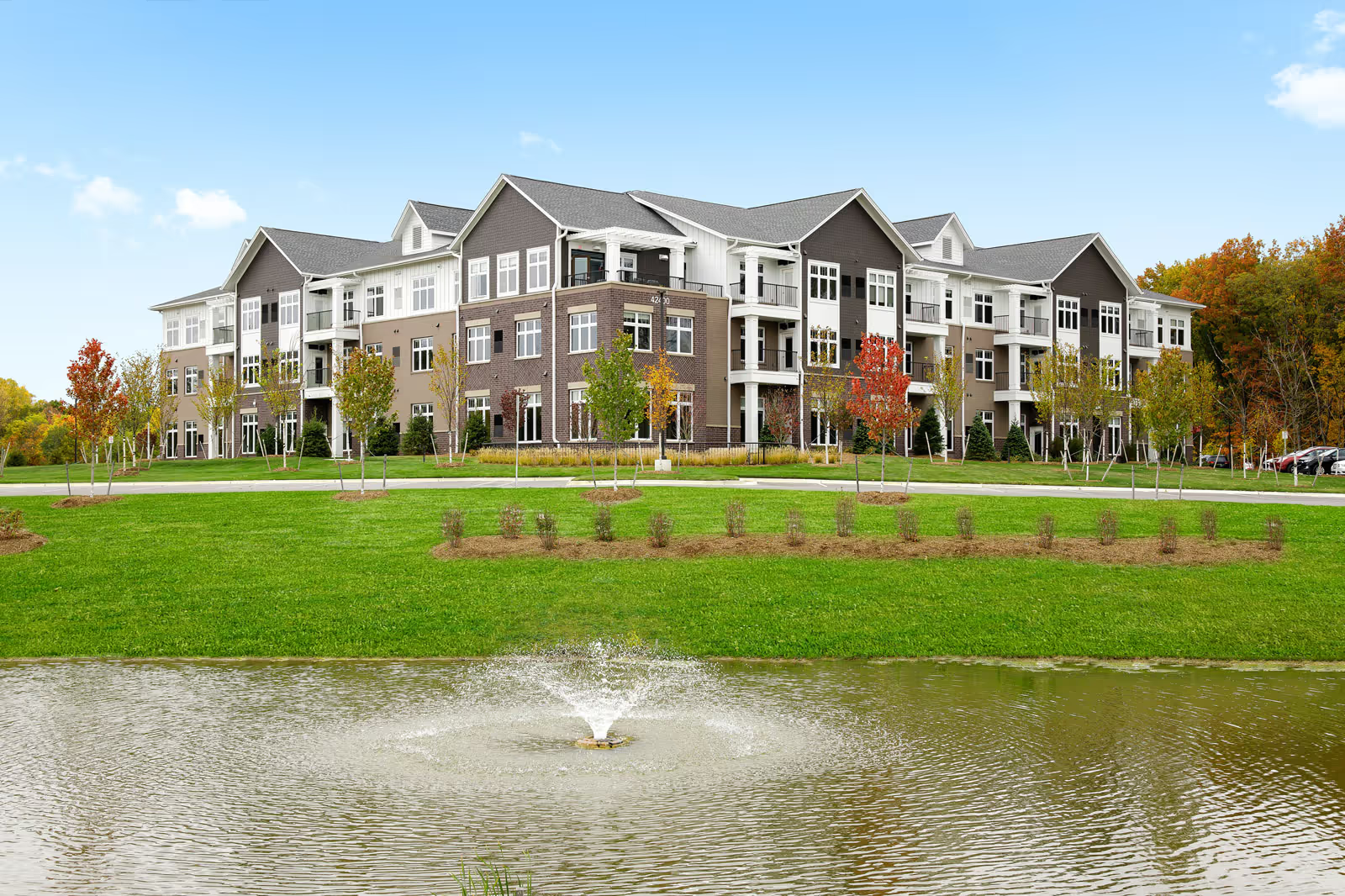Overall sentiment and pattern: Reviews for Carolina Pines at Asheville are highly polarized, but the dominant pattern in these summaries is negative. A substantial share of reviewers allege serious deficiencies in basic care, hygiene, staffing levels, communication, and administration, with multiple reports describing neglectful or unsafe conditions. Interspersed among these negative reports are consistent pockets of positive feedback—most notably for the therapy team and for specific staff members—where families describe rapid rehab progress, skilled therapists, and caring nurses. The net picture is one of mixed short-term rehab successes for some residents contrasted with repeated, severe complaints from long-term residents and families about day-to-day care and facility operations.
Care quality and safety: Many reviewers report critical problems with day-to-day care: long delays in responding to call bells, residents left soiled or unable to feed themselves, and allegations that essential medical needs (such as dialysis) were not arranged. There are multiple accounts of near-fatal incidents and at least one allegation that a patient was allowed to die without appropriate intervention. Medication handling is also a recurrent concern—some reviewers allege medications were taken from dying patients or otherwise mishandled. These reports point to risk of neglect and safety lapses, especially for residents who require higher levels of assistance or continuous monitoring. Conversely, several short-stay rehab reviewers report effective, attentive therapy and nursing that led to quick improvement, indicating that quality may vary substantially by unit, shift, or individual staff members.
Staffing, management, and communication: A dominant theme is chronic understaffing and staff burnout—reviewers link low pay, poor scheduling practices, and underqualified or overworked employees to poor care outcomes. Management and administrative communication receive many complaints: families describe unreturned calls, hung-up transfers, hostile receptionists, broken promises to staff (bonuses/retro pay), and failure to provide updates. There are allegations of unprofessional or uncaring management behavior, threats to involve police or welfare checks, and even accusations of staff misappropriating resident funds. These management and communication failures compound the clinical and safety issues and erode trust between families and the facility.
Facilities, hygiene, and environment: Multiple summaries describe a facility with poor cleanliness and unpleasant odors (urine and feces), shared bathrooms that are not cleaned daily, and a 'jail-like' atmosphere for some residents. Frequent room changes and disorganized personal belongings are reported, and laundry problems are noted. Such environmental and hygiene concerns are consistently linked to understaffing and poor housekeeping processes in the reviews, and reviewers explicitly recommend avoiding the facility because of these conditions.
Dining, activities, and resident life: Dining reviews are mixed: some residents or family members say the food is acceptable or enjoyable, while others call it repulsive, repetitive, or inconsistent. A recurring complaint is the lack of activities, programs, and outside outings—several reviewers explicitly state there are no meaningful activities, contributing to a bleak atmosphere and negative mental-health outcomes for some residents.
Polarization and likely explanations: The pattern suggests a split experience depending on the resident type and length of stay. Short-term rehab patients frequently praise the therapy team and report quick recovery, which indicates that the facility may be better organized or staffed for structured therapy programs. Long-term residents and their families more often report neglect, poor hygiene, unresponsive staff, and enduring administrative problems. This bifurcation could result from staffing prioritization (therapy unit vs long-term care floors), shift-to-shift variability, or inconsistent leadership and training.
Notable allegations and red flags: Reviewers allege serious issues that warrant attention: missed dialysis arrangements, medication problems, reports of patient death associated with inadequate care, misappropriation of funds, and access to quarantined areas. Repeated reports of unreturned calls, hostile reception, and promised payments not delivered to staff are administrative red flags. Combined hygiene and safety complaints (strong urine/feces odors, unclean shared bathrooms, and residents left in filth) indicate systemic problems rather than isolated incidents.
Implications for prospective residents, families, and staff: Given the frequency and severity of the negative reports, prospective residents and families should exercise caution. If considering Carolina Pines at Asheville, visitors should probe specific areas: staffing ratios on the relevant unit/shift, how call bell response times are tracked and enforced, infection-control and housekeeping schedules, medication management protocols, and how the facility notifies families of incidents and clinical changes. Ask about the therapy team and whether short-term rehab success stories reflect dedicated rehab staffing, and whether those staffing levels are replicated for long-term care units. It may also be prudent to review state inspection reports, contact the local long-term care ombudsman, and compare this facility to nearby alternatives (some reviewers referenced The Laurels of GreenTree Ridge as markedly better).
Final assessment: The reviews paint a deeply mixed picture: notable strengths in therapy services and pockets of committed, caring staff exist alongside numerous and severe allegations of neglect, poor hygiene, administrative dysfunction, and safety lapses. Those seeking short-term rehabilitation might experience high-quality therapy and rapid progress, while those considering long-term placement should be particularly cautious and perform thorough, specific due diligence before committing. The prevalence of detailed, serious complaints suggests systemic issues that would justify follow-up with regulators and on-site verification prior to making decisions about care or employment.







